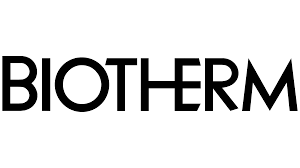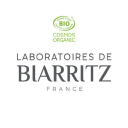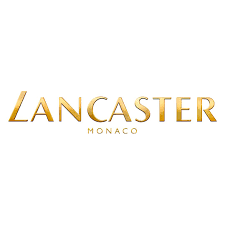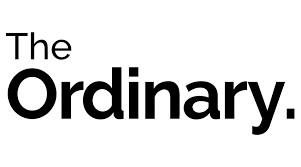Synthèse
The global sunscreen market, valued at around $7 billion in 2023, is on an upward trajectory with an expected compound annual growth rate (CAGR) of 5.4% between 2021-2031, reaching a forecast $10.64 billion.
Nevertheless, the French sunscreen market has shown resilience; after a drop in sales from 117.26 million euros to 106.12 million euros in 2020, it has been estimated at 419.52 million euros in 2021. While sales of suncare products in French pharmacies rose by 14% in the first quarter and by 30% in June 2023 compared with the previous year, sales in supermarkets fell by 8% over the same period. The French market has also seen a growth in ecological awareness, with 20% of consumers willing to switch brands when they learn that their sunscreen has a non-environmentally-friendly composition.
In France, pharmacies and parapharmacies dominate the market, accounting for over half of sales by 2022, with significant growth in online sales, which account for 12% of the market. The production process for sunscreens is intensive, often taking up to 10 years to bring a new product to market, with extensive testing to ensure efficacy and safety.
European regulations, governed by EC regulation n°1223/2009, ensure strict compliance with product composition and sunscreen labeling, with future considerations focusing on the environmental impact of certain UV filters.
The main players in the French sunscreen market are Avène, Biafine, La Roche-Posay and others, along with major companies such as L'Oréal, Pierre Fabre Laboratoires and Beiersdorf AG leading sales in supermarkets, and Avène and Biafine leading sales in pharmacies and parapharmacies.
Understanding changes in demand for sunscreens
In recent years, the sunscreen market in a given country has undergone a series of changes due to a variety of factors. Before the outbreak of the COVID-19 pandemic, the sunscreen market was on an upward trajectory. However, the pandemic led to a significant drop in sales of suncare products due to containment measures and the postponement of vacations. This indoor lifestyle, combined with the halt in tourism, led to a significant drop in demand for suncare products. a significant drop in demand for solar products, with sales in the United States falling by around 20% at the end of March 2020 compared with the previous year.
Despite this downturn, the market for suncare products has gradually recovered thanks to growing global awareness of the dangers of overexposure to the sun, such as premature skin ageing and melanoma. As a result, forecasts suggest a steady increase in the value of the global market, estimated at $7 billion by 2023, with expectations of further growth to between $10 and $11 billion by 2031.
In the domestic context, sales of solar products have also fluctuated. For example, supermarkets and hypermarkets have seen a significant reduction in the value of their sales, on the order of 9-10% by volume. However, the overall national market in 2021 was estimated at over $400 million, testifying to the industry's resilience despite the difficulties.
Pharmacies and parapharmacies have played a central role in this recovery, accounting for more than half of all sunscreen sales. Customer confidence in these channels, together with the return of foreign tourists, has contributed to a positive outlook for the future of suncare products, despite a decline in supermarket sales in the first quarter of 2023 compared with 2022.
Seasonality is a major factor influencing demand for sun protection products. The data show that interest peaks just before the summer vacation period, with 80% of annual sales made during July and August. Clearly, while overall sales trends show curves and troughs, the fundamental behavior surrounding purchases of sun protection products remains highly seasonal.
When we examine the different profiles of suncare users, a distinction emerges in their consumption habits. A significant percentage of the population, particularly women and people over 55, prioritize the use of sunscreen, which can be partly attributed to a heightened concern for the prevention of skin damage such as sun spots. In addition, younger segments of the population are inclined to use sun protection all year round, unlike older groups who tend to use it mainly during the warmer seasons.
The sunscreen market has also seen a diversification of product offerings.
Key entities : Pioneers of the suncare industry
The French suncare market is driven by an ecosystem of powerful players who have established their dominance through innovation, consumer confidence and brand authority. These entities are not simply manufacturers of sun protection products; they represent the cornerstones of a market that reaches millions of people with the promise of protection against the dangers of ultraviolet rays.
- L'Oréal Group: A cosmetics and beauty giant, L'Oréal not only owns popular suncare brands such as Vichy and La Roche-Posay, but also sets the standard in the suncare industry.it also sets industry benchmarks thanks to its research and development activities and its commitment to combining sun protection and skin care.
- Laboratoires Pierre Fabre: This company has carved out a niche for itself with brands such as Avène, renowned for meeting the needs of sensitive skin. Laboratoires Pierre Fabre combines dermatological expertise with pharmaceutical precision, ideal for consumers seeking specialized, hypoallergenic suncare solutions.
- Beiersdorf AG: This multinational company, best known for its Nivea brand, offers a range of suncare products that focus on convenience and affordability, promoting families' access to sun protection.
- Naos: Naos, which oversees prestigious brands such as Bioderma and Esthederm, focuses on skin biology and ecobiology, directing the conversation towards suncare products that respect the natural balance of the skin and the fragility of the environment.
- Avène: A spin-off from Laboratoires Pierre Fabre, Avène boasts a tradition of thermal spring water-based products, recognized for their soothing properties and popular with people with reactive or intolerant skin, requiring gentle yet effective sun protection.
- Biafine: Now part of Johnson & Johnson, Biafine is synonymous with skin-healing and regenerating properties. Rooted in after-sun care, Biafine provides remedies that address the consequences of sun exposure, with a focus on repair and recovery.
These pioneers don't just dominate the market, they constantly innovate to meet changing demands for safety, efficacy and respect for the environment. They are the safeguards that protect a society that is ever more vigilant about its health and well-being, recognizing the sun's gift of light while defending itself against its potential harms.
à la compréhension de ce marché
Détail du contenu
 Informations
Informations
- Nombre de pages : 30 pages
- Format : Version digitale et PDF
- Dernière mise à jour : 05/12/2023
 Sommaire et extraits
Sommaire et extraits
1 Market overview
1.1 Market definition and presentation
Sun creams are often used as a generic term for sun care products as a whole . These are all the products that enable the skin to be properly cared for in the face of the dangers of the sun's rays. Among them, sun creams are defined by the French National Agency for the Safety of Medicines and Health Products(ANSM) as "a cosmetic product intended to be applied to the skin. intended to be applied to the skin to protect against ultraviolet (UV) radiation by absorbing or reflecting this radiation". Also included are after-sun and self-tanning products.
Two categories of UV rays are identified: UVA and UVB. UVA rays are responsible for premature skin aging and diseases such as skin cancer. UVB, on the other hand, causes sunburn. It is therefore essential to protect against both types of solar radiation. The filters contained in sun creams help protect the epidermis.
Suncare products can be found on the market in several forms:
- creams ;
- gels ;
- oils ;
- aerosols.
Sunscreens can be segmented as follows:
- products based on chemical filters, whichabsorb UV rays;
- products based on mineral filters, which reflect UV rays.
The sunscreen market, whether global, European or national, is a dynamic one, with growth set to continue. Indeed, growing awareness of the risks associated with (over)exposure to the sun is widespread, ensuring dynamic demand. The global market, for example, is estimated to be worth around $7 billion in 2023, and to grow at a CAGR of 5.4% over the period 2021-2031, reaching $10.64 billion [Business Research Insights]. The French market, meanwhile, was valued at around 469 million euros in 2019, before the advent of the health crisis. [Pharma Magazine; LSA]
This covid-19 crisis has indeed somewhat slowed the pace of growth planned for the 2019-2024 period, by imposing an indoor lifestyle on the population (through the implementation of confinements) and forcing them to postpone their vacations. For example, by the end of March 2020 sales had fallen by 20% in the United States compared with 2019. [Business Research Insights]
The baby and children's sunscreen segment in particular is experiencing strong growth, and brands are relying on efficient R&D departments to be innovative and as close as possible to their customers' needs.in general, brands are tending to adapt more and more to consumers' real lives, so that effective protection against the sun is not synonymous with constraint .
They are also taking steps to launch more environmentally-friendly products. Indeed, last year, the French agencyAnses denounced the degradation of marine environments by certain UV filters present in the composition of the majority of sun creams. [Les Echos]
1.2 A growing market worldwide
By ****, the global sunscreen market is estimated to be worth around $* billion. This market appears very dynamic, and is expected to grow at a CAGR of *.*% over the period ****-****, reaching $**.** billion .
Global sunscreen market World, ****-****, in billions of dollars Source: ****
This growth can be explained by the fact that ...
1.3 Domestic market
While the market has long enjoyed steady growth in recent years, the years **** and **** have been more complicated. Indeed, French sales of suncare products fell from ***.** million euros in **** to ***.** million euros in ****, due in particular to a drop of around -*.*% in the value of sales of suncare products in ...
1.4 Suncare products put to the test by falling tourist numbers
While the longer-term trend seems to be better, sales of suncare products in France really eroded in the Covid-** year, at least in pharmacies.
In fact, between June **** and May ****, the French market declined by **% in value and volume.
Sales of suncare products in pharmacies France, ****-****, base *** Source: ****
Indeed, as ...
2 Demand analysis
2.1 Protection factor, a key consumer choice criterion
Sunscreen protection indices are calculated according to an application standard of *mg per cm² ofskin. The different protection indices are as follows:
YouGov conducted a study in June **** on a sample of *,*** French adults, to shed light on the relationship between the French and sunscreen.
The survey revealed that the most ...
2.2 Other criteria for choosing suncare products
Types of suncare products :
Distribution of suncare products France, ****, as % of total LSA, IRI
Brand:
Most popular suncare brands France, ****, in Source: ****
Among sunscreen brands, Nivea will clearly stand out from the rest in ****. Avène and La Roche-Posay are very close in terms of consumption choices, while a second divide ...
2.3 Different consumption patterns for different profiles
Profile of French people who use sun protection France, ****, in Source: ****
Share of **-** year-olds in the population using sun protection only in spring and summer France, ****, in % Source: ****
Population using sun protection all or most of the year France, ****, in % Source: ****
A distinction in sunscreen consumption behavior can be observed ...
2.4 A product whose demand remains highly seasonal
Interest in "sun cream" research France, ****-****, base *** Source: ****
The graph above represents the proportion of searches for a given keyword in a given region and for a specific period, in relation to the time when the usage rate for this keyword was highest (***). Thus, a value of ** means that the ...
2.5 Organic sun creams
Filters, the main component of sunscreens, are the biggest difference between "traditional" and organic sunscreens. In the case of traditional creams, filters are derived from petrochemicals and are therefore synthetic. Organic filters, on the other hand, are produced from minerals, making them so-called natural filters. They act by reflecting the sun ...
2.6 Sunscreens for children
According to Naître et Grandir, the criteria for choosing sun cream for children are as follows:
a broad-spectrum sunscreen, i.e. one that protects against both UVA and UVB rays; a sun protection factor (***) greater than or equal to **; cream sunscreens should be preferred to sprays and sprays, to ensure ...
3 Market structure
3.1 Key market players
The main companies in the French sunscreen market, across all distribution channels, are as follows:
Avène ; Biafine ; La Roche-Posay ; Bepanthen ; Vichy ; L'Oréal Groupe ; Pierre Fabre Laboratoires ; Beiersdorf AG ; Bioderma.
3.2 Production processes and product composition
The production process for a sunscreen can be long and costly, since the development of a new product can take up to ** years, and require * years of research for *** tests, according to Beauté.fr.
This is due to the difficulty of finding the right balance between the various components, often numerous, ...
3.3 The different distribution channels
Sales of suncare products are still largely concentrated in pharmacies and parapharmacies, which will account for over half of total sales in **** . GMS (***), e-commerce, brand boutiques and perfumeries are among the other main distribution channels. In France, online sales have grown significantly in recent years,accounting for **% of the total market ...
4 Offer analysis
4.1 The price of sunscreens
Price study of a few sun care references.
Prices at **/**/**** on doctipharma.fr
4.2 Innovative supply trends
Sunscreen consumers have developed increasingly specific expectations over the years. In particular, they are often looking for products that are easy to apply and leave no white marks. They also expect the cream not to run in the heat. As a result, brands are producing increasingly sophisticated products to meet all ...
4.3 New offers to address the impact of sunscreens on the oceans
According to the Fondation pour la Nature et l'Homme, around **,*** tonnes of sunscreen are dumped into the oceans every year, equivalent to ** liters per minute worldwide.
A study by the French health agencyAnses (***) has confirmed the harmful effects of the chemicals used in sunscreens on coral reefs. It specifically highlights the ...
5 Regulations
5.1 Regulations
General regulations
All products designed to protect against the sun in Europe must comply with the same regulations, namely EC Regulation Nº****/****, which applies to all cosmetic products. Annex * refers in particular to the filters permitted in the composition of products, as well as the authorized dose. In December ****, ** different filters ...
6 Positioning the players
6.1 Market segmentation
Here is a summary table of the most important players in suncare products in France:
- Johnson & Johnson
- La Roche-Posay
- Eau Thermale d'Avène (Pierre Fabre Groupe)
- Biotherm (L'Oréal)
- Laboratoires de Biarritz
- Lancaster Beauty (Coty group)
- Ultra Violette
- Garancia Laboratoire
- The Ordinary
 Liste des graphiques
Liste des graphiques
- Marché mondial de la crème solaire
- Chiffre d'affaires des produits de soins solaires en GMS
- Chiffre d'affaires des produits de soins solaires en pharmacie
- Nombre de visiteurs étrangers
- Critères de choix à l'achat de crème solaire
Toutes nos études sont disponible en ligne et en PDF
Nous vous proposons de consulter un exemple de notre travail d'étude sur un autre marché !
Dernières actualités
Entreprises citées dans cette étude
Cette étude contient un panorama complet des entreprises du marché avec les derniers chiffres et actualités de chaque entreprise :
 Choisir cette étude c'est :
Choisir cette étude c'est :
Accéder à plus de 35 heures de travail
Nos études sont le résultat de plus de 35 heures de recherches et d'analyses. Utiliser nos études vous permet de consacrer plus de temps et de valeur ajoutée à vos projets.
Profiter de 6 années d'expérience et de plus de 1500 études sectorielles déjà produites
Notre expertise nous permet de produire des études complètes dans tous les secteurs, y compris des marchés de niche ou naissants.
Notre savoir-faire et notre méthodologie nous permet de produire des études avec un rapport qualité-prix unique
Accéder à plusieurs milliers d'articles et données payantes
Businesscoot a accès à l'ensemble de la presse économique payante ainsi qu'à des bases de données exclusives pour réaliser ses études de marché (+ 30 000 articles et sources privées).
Afin d'enrichir nos études, nos analystes utilisent également des indicateurs web (semrush, trends…) pour identifier les tendances sur un marché et les stratégies des entreprises. (Consulter nos sources payantes)
Un accompagnement garanti après votre achat
Une équipe dédiée au service après-vente, pour vous garantir un niveau de satisfaction élevé. (+33) 9 70 46 55 00
Un format digital pensé pour nos utilisateurs
Vous accédez à un PDF mais aussi à une version digitale pensée pour nos clients. Cette version vous permet d’accéder aux sources, aux données au format Excel et aux graphiques. Le contenu de l'étude peut ainsi être facilement récupéré et adapté pour vos supports.
 Nos offres :
Nos offres :
the sun cream market | France
- Quels sont les chiffres sur la taille et la croissance du marché ?
- Quels leviers tirent la croissance du marché et leur évolution ?
- Quel est le positionnement des entreprises sur la chaine de valeur ?
- Comment se différencient les entreprises du marché ?
- Données issues de plusieurs dizaines de bases de données
Pack 5 études (-15%) France
- 5 études au prix de 75,6€HT par étude à choisir parmi nos 800 titres sur le catalogue France pendant 12 mois
- Conservez -15% sur les études supplémentaires achetées
- Choisissez le remboursement des crédits non consommés au terme des 12 mois (durée du pack)
Consultez les conditions du pack et de remboursement des crédits non consommés.
- 01/03/2024 - Mise à jour des données financières de l'entreprise La Roche-Posay
- 04/11/2023 - Mise à jour des données financières de l'entreprise La Roche-Posay
- 03/08/2023 - Mise à jour des données financières de l'entreprise La Roche-Posay
- 06/07/2023 - Ajout des informations de l'entreprise The Ordinary
- 06/07/2023 - Ajout des informations de l'entreprise Laboratoire Garancia
- 06/07/2023 - Ajout des informations de l'entreprise A-Derma
- 06/07/2023 - Ajout des informations de l'entreprise Ultra Violette
- 06/07/2023 - Ajout des informations de l'entreprise Lancaster beauty
- 06/07/2023 - Ajout des informations de l'entreprise Laboratoires de Biarritz
- 06/07/2023 - Ajout des informations de l'entreprise Biotherm
- 16/04/2023 - Mise à jour des données financières de l'entreprise La Roche-Posay
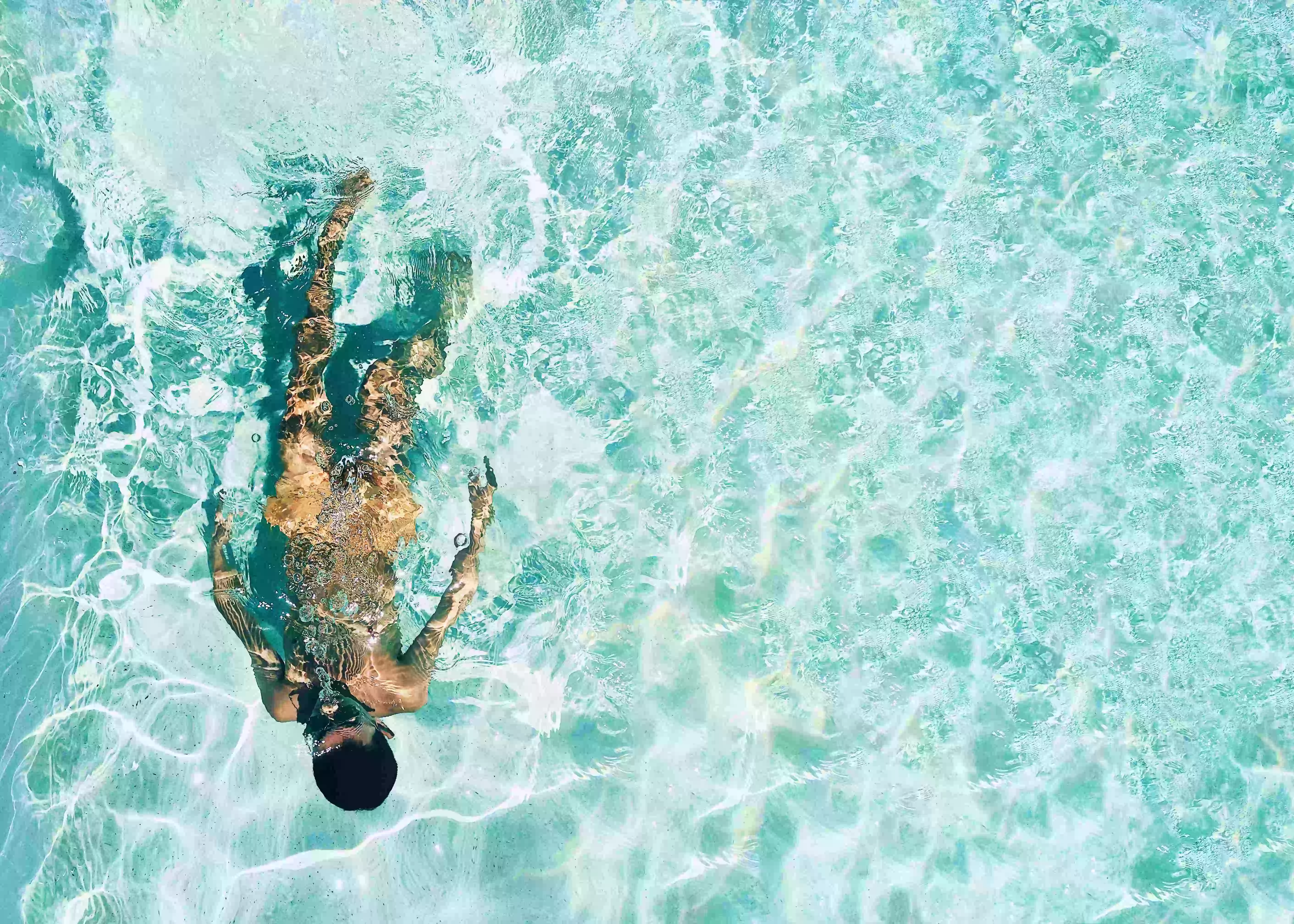




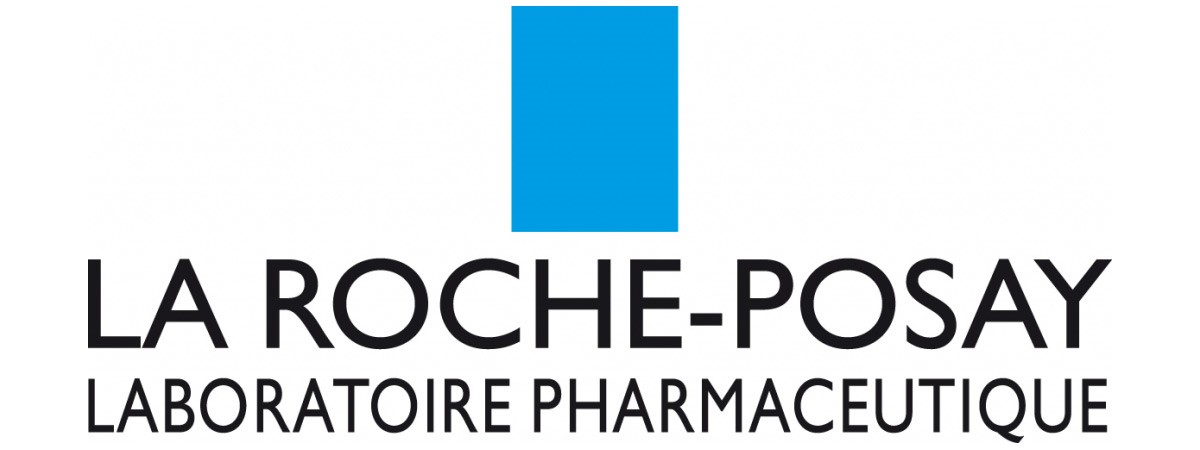 « Le potentiel de la dermocosmétique est immense », selon L'Oréal - 11/05/2023
« Le potentiel de la dermocosmétique est immense », selon L'Oréal - 11/05/2023
 Johnson & Johnson valorise ses produits à plus de 40 milliards de dollars - 25/04/2023
Johnson & Johnson valorise ses produits à plus de 40 milliards de dollars - 25/04/2023
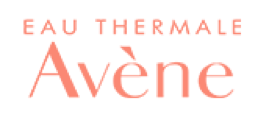 Pierre Fabre a réussi à renouer avec la croissance - 16/03/2023
Pierre Fabre a réussi à renouer avec la croissance - 16/03/2023
